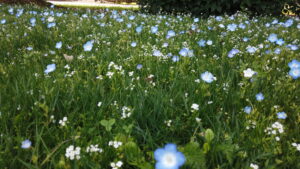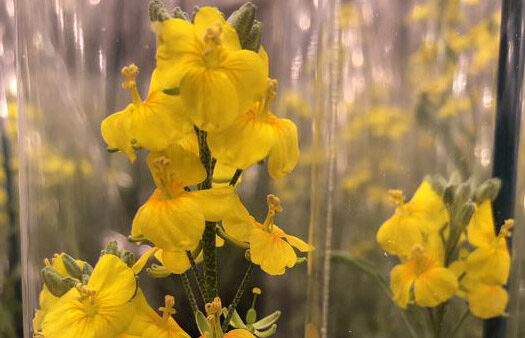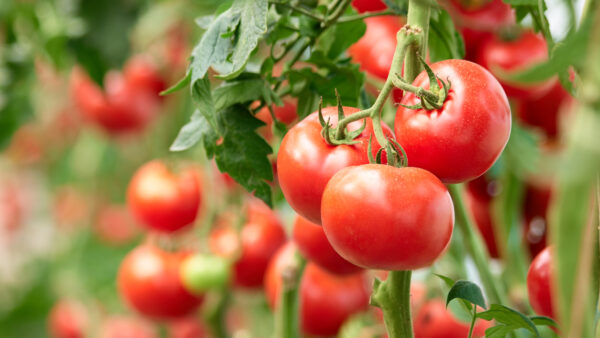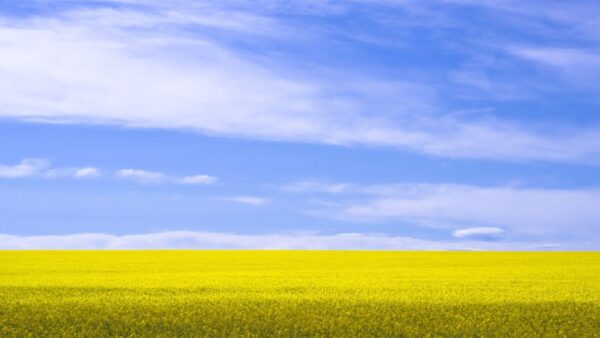The National Academies of Sciences, Engineering and Medicine recently shared a report that expresses concern that the supply of seeds from native plants is insufficient, creating a massive barrier for ecological restoration and additional revegetation projects throughout the U.S. The report puts out a call for concerted action to enhance the native seed supply and industry in the face of increasing challenges for natural areas due to climate change, according to a release.
Many natural areas across the U.S. need conservation and restoration efforts for native plant communities, especially for the public and private land impacted by extreme weather events such as wildfires, floods and droughts. Native plants — a foundation for ecosystems’ native biodiversity — often contain an enhanced tolerance to drought when compared to non-natives. When an area is damaged, agencies like the Bureau of Land Management (BLM) utilize native seeds to help restore plant populations and bring stability to ecosystems. BLM purchased nearly 1.5 million pounds of seed in 2020 for areas impacted by wildfires.
Non-native varieties, or native seeds taken from environments that are climatically different than the location in which they will be planted, must be substituted often times during restoration efforts due to the lack of native seeds, shared the report. Native seeds can be sourced from natural areas, yet judicious harvesting is necessary as to not deplete native plant populations. Some companies produce large amounts of native seed, but challenges including “a lack of the stock (starter) seed from appropriate locations, production risks, and inconsistent demand from purchasers,” create additional obstacles, said the release.
“As the vulnerabilities of humans, wildlife and critical ecosystem services to disruptions continue to grow, the need for ecological restoration in the 21st century will continue its trajectory toward a previously unmatched scale,” said Susan P. Harrison, University of California, Davis distinguished professor in the department of environmental science and policy. “A limited supply of native seeds and other native plant materials is a widely acknowledged barrier to fulfilling our most critical restoration needs. Our recommendations represent an ambitious agenda for action, commensurate to the challenges we face.”
A Unified Effort for Federal Native Seed
In 2002, the USDA and U.S. Department of the Interior created a plan dedicated to native seed supply, but the plan must now be accelerated after reflection on the last two decades, according to the report.
“The leadership of the departments of the Interior, Agriculture, and Defense should move quickly to strengthen the supply of native seeds and foster a native seed industry that better meets the needs of producers and consumers by shifting to a focused interagency approach,” added the release.
These efforts have the potential to hone in on a multitude of activities like creating a national policy dedicated to native seed collection, reviewing the policy on the utilization of native seeds on public lands, acting as a center for the sharing of communication and data and creating best practices for the storage of seed and cultivation.
A Shared Risk with Suppliers
The report also suggests that public agencies that buy native seed assist suppliers by actively reducing uncertainty, sharing risk, elevating the predictability of purchases and aiding in securing stock seed for suppliers. This recommendation includes “proactively restoring millions of acres of U.S. public land that are considered ecologically impaired and creating annual purchase targets, rather than only purchasing after a disaster,” continued the release. Agencies should contract for seed purchases prior to the beginning of seed production and follow realistic timelines for contracts. The report also believes that USDA should consider offering landowners that utilize locally adapted seed types for conservation programs a premium.
Constructing Regional Programs
Federal land-management agencies should take part in building regional programs to encourage the development and restoration of native plants, working to establish these programs in areas in which they do not already exist. Specific seed needs from each region could be met by regional programs through the development of listed priority species and the observation, collection and curation of stock seed. Regional partners are encouraged to work directly with suppliers to support future needs, offer growers resources and tools, exchange information and protect wild populations by coordinating seed collection protocols.
The report marks the second and final stage of the Committee’s Assessment of Native Seed Needs and Capacities study sponsored by the U.S. Department of the Interior’s Bureau of Land Management.












